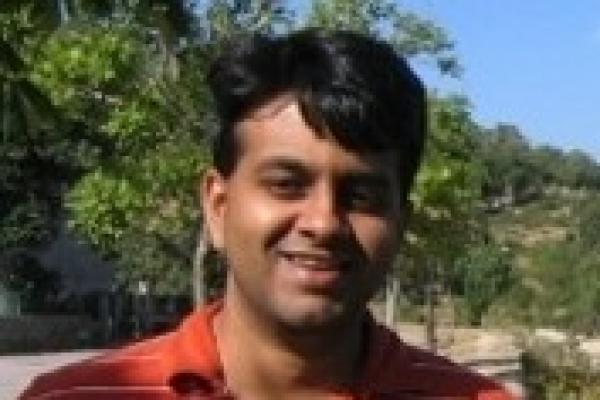
Please join us for a CME Seminar presented by Professor Abhay Pasupathy from Columbia University as he shares his research on "Materials under Strain: an Atomic-Scale Perspective":
Abstract:
What is the effect of stretching a crystal along a given direction by a small amount? In general, one might not expect much: a change in lattice constant, accompanied by corresponding changes in the electronic and vibrational properties of a crystal. I will describe a few cases of materials where the effect of stretching (ie, uniaxial strain) lead to large and unexpected effects. These include the iron-based superconductors (where large electronic nematic effects are seen), layered transition-metal dichalcogenides (where we can observe the formation of strain solitons) and two-dimensional semiconductors (where we can cause large changes in band gap and even cause structural phase transitions). I will discuss these from an experimental perspective - in particular, I will describe new experimental techniques where we can apply calibrated uniaxial strain to crystals and measure their response with atomic-resolution scanning tunneling microscopy techniques.
